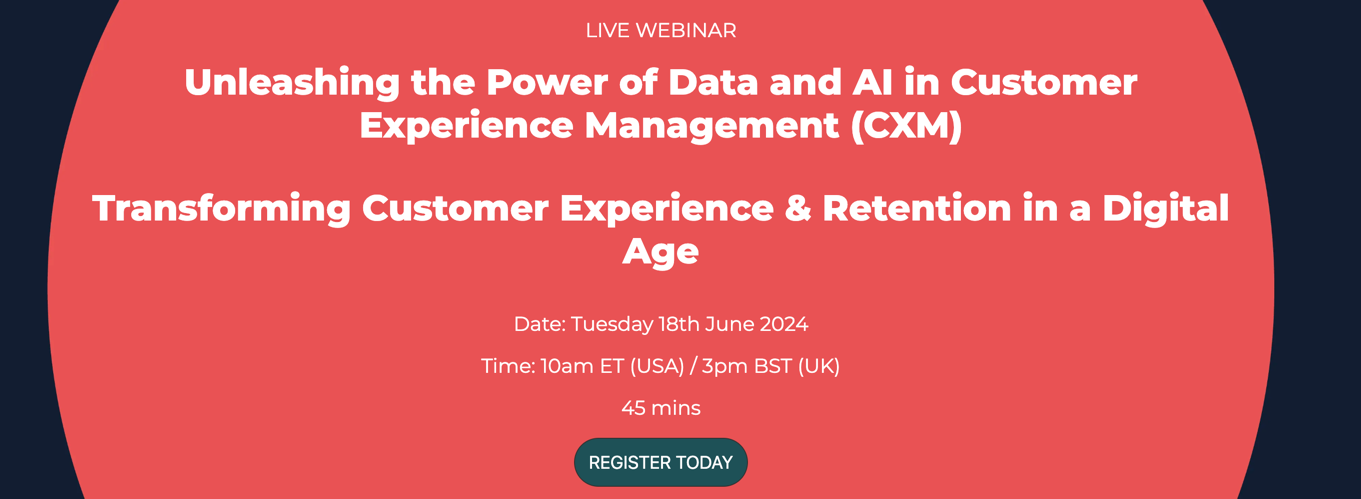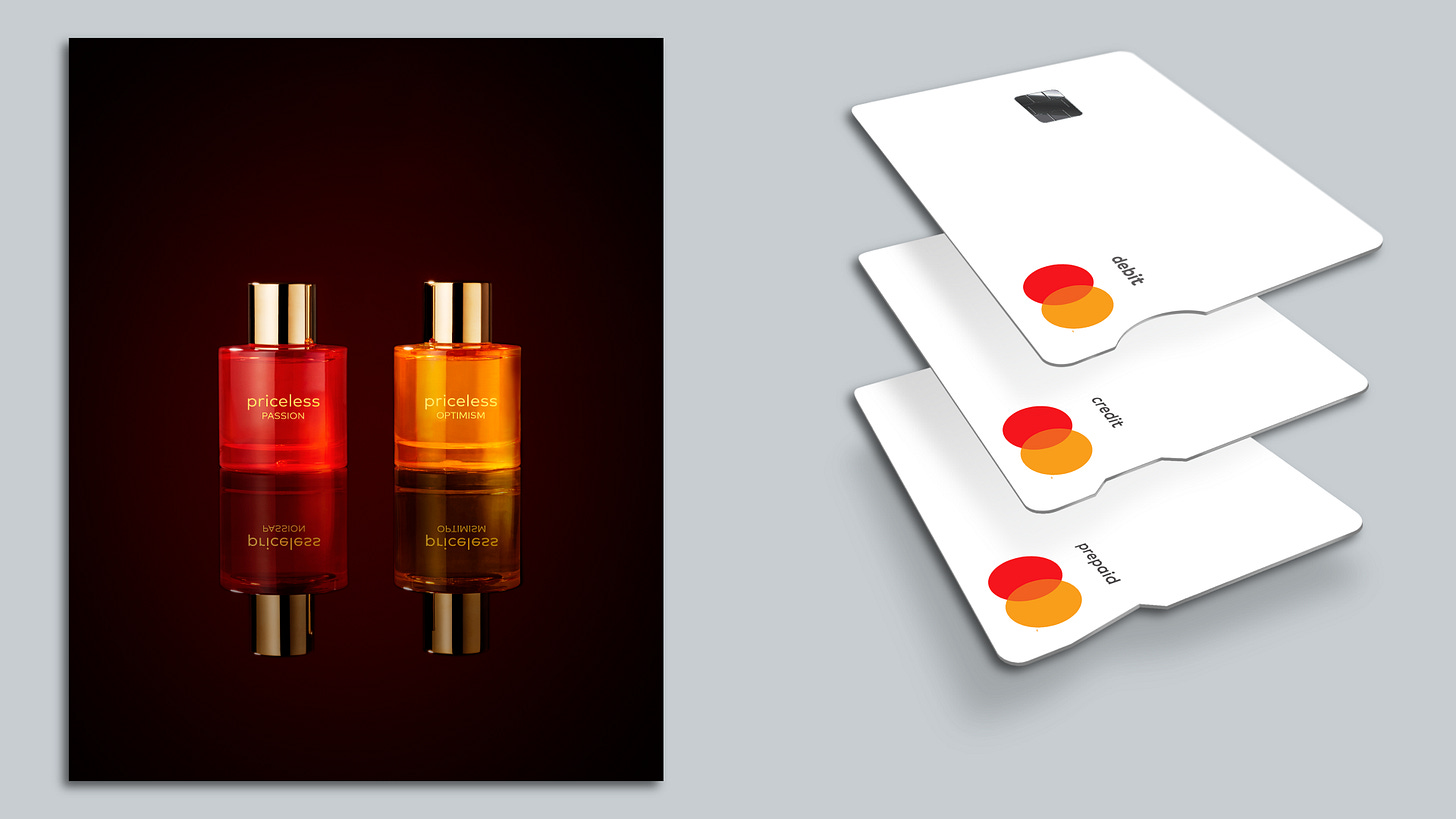DCX Links | June 16, 2024
From Personalized ads in the air to Data Deception in CX: This Week's DCX Hot Takes!
Weekly inspiration, education, and coaching for customer-obsessed leaders.
Here are this week’s must-read links:
Personalized Data in the Air
Webinar: Unleashing the Power of Data and AI in CX
Tools: Building Wireframes
Using sound, taste, and touch
Implementing GenAI
Data Deception in CX
Enjoy!
Personalized Data in the Air
United Airlines Begins Showing Targeted Ads on Passenger's Seat-Back Screens - WSJ
United Airlines is getting into personalized advertising on its flights. It's using all the data it has on its passengers to show them targeted ads on the seat-back screens.
Is it pretty clever, or is it an invasion of privacy?
When you browse through the in-flight entertainment options, you'll see ads tailored just for you. United knows things like where you live, where you travel, your age group, and whether you're flying economy or first-class. They use all that info to show you ads that they think will be more relevant to you.
Now, if you're a CX professional, there are a few interesting things to note here:
Data is a valuable asset. United is sitting on a gold mine of customer data and is finding new ways to monetize it. We're seeing this trend across industries - companies are realizing that their customer data can be a significant revenue stream.
Personalization is key. Using their data to personalize the ad experience, United hopes to make the ads more effective and less annoying for passengers. As a CX pro, this is a good reminder that personalization can improve the customer experience, even in contexts like advertising.
Opt-out is important. United is giving passengers the ability to opt out of having their data used for these personalized ads. In an era of increasing privacy concerns, giving customers control over their data is crucial for building trust.
Balancing ad revenue and customer experience. United will need to be careful not to overdo the ads. Too many ads or ads that feel invasive could negatively impact the customer experience. Finding the right balance will be key.
Regulatory scrutiny is a factor. The article mentions that the Transportation Department is reviewing airlines' privacy practices. As a CX professional, staying on top of regulatory developments and ensuring that your data practices are compliant and ethical is important.
Overall, United's move into personalized in-flight advertising reflects a broader trend of companies looking to leverage their customer data in new ways. While there are potential benefits in terms of ad effectiveness and revenue, there are also risks around privacy and customer experience that need to be carefully managed. As a CX pro, it's an interesting case study to keep an eye on!
Unleashing the Power of Data and AI in CX
Webinar: Transforming Customer Experience & Retention | 18 June 24 (techforge.pub)
Customer Experience (CX) is a key market differentiator in today's competitive landscape. Despite economic uncertainty, companies are adopting digital Customer Experience Management (CXM) to gain a competitive edge and enhance customer retention.
This webinar is based on Everest Group’s survey of organizations with over $500 million in revenues. Learn how these companies use Data and Analytics (D&A) and AI to drive CX transformation, leveraging technologies like automation, agent assist tools, and AI bots.
Tools: Building Wireframes
Promptframes: Evolving the Wireframe for the Age of AI (nngroup.com)
Nielsen Norman Group, the kings of UX, recently introduced "Promptframes," a new design deliverable that integrates AI-generated content into wireframes.
This approach aims to replace traditional placeholder content like "lorem ipsum" with realistic, AI-generated content to enhance ideation, improve content fidelity, and accelerate user testing.
Promptframes can help UX designers document content goals and requirements early in the design process, facilitating better feedback and collaboration. This method ensures more meaningful content in prototypes, aiding in more effective user testing and feedback collection.
Promptframes can assist CX professionals in three key ways:
Realistic Prototyping: Promptframes integrate AI-generated content into wireframes, creating realistic prototypes. This leads to better user testing and insights, directly supporting the CX goal of meeting customer needs.
Clearer Communication: Promptframes enhance collaboration between UX and CX teams by documenting content goals early. This alignment ensures that customer experience strategies are effectively translated into design.
Faster Iterations: More meaningful prototype content leads to quicker, more precise feedback. This accelerates design improvements, aligning UX efforts with CX objectives for a seamless customer journey.
Using sound, taste, and touch
Mastercard and other brands deploy "multisensory" marketing (axios.com)
Mastercard is stepping up its game with multisensory marketing—using sound, taste, and touch to make its brand more memorable. This goes beyond the usual visuals to create a richer, more engaging experience for customers. They’re not just focusing on what you see but what you hear, feel, and even taste. This makes the brand stand out and helps build stronger emotional connections and loyalty.
How CX Professionals Can Use This:
Keep reading with a 7-day free trial
Subscribe to Decoding Customer Experience to keep reading this post and get 7 days of free access to the full post archives.







